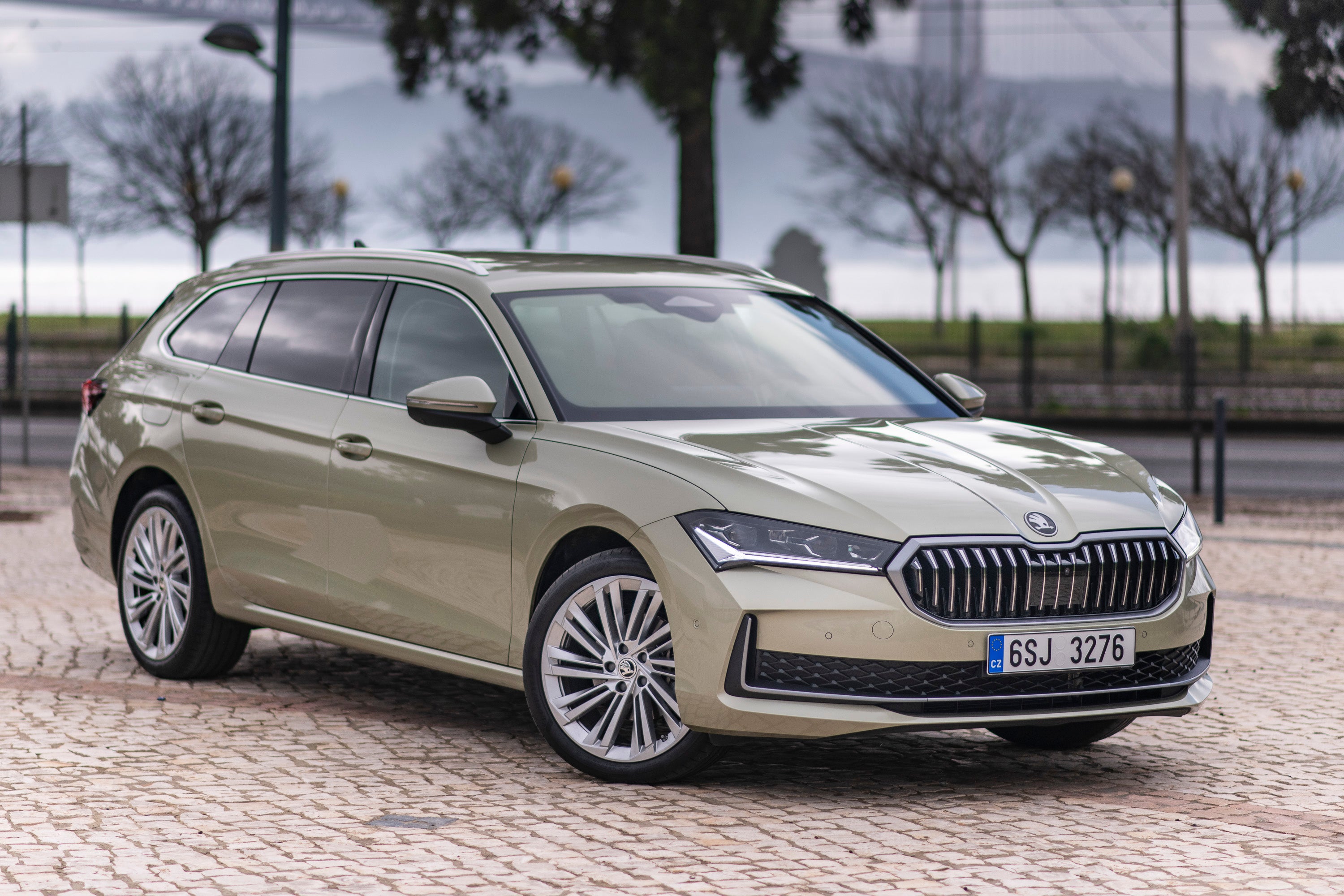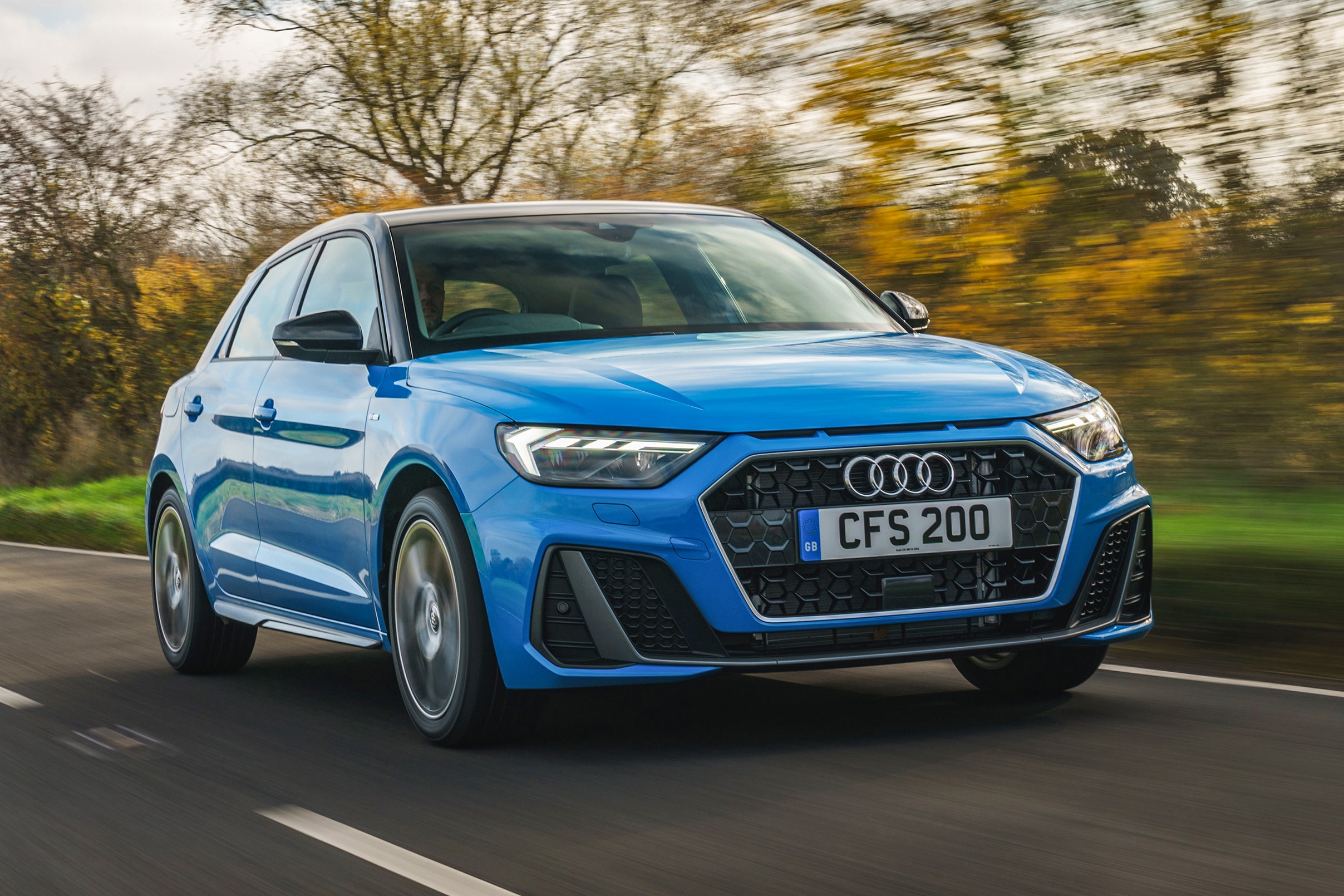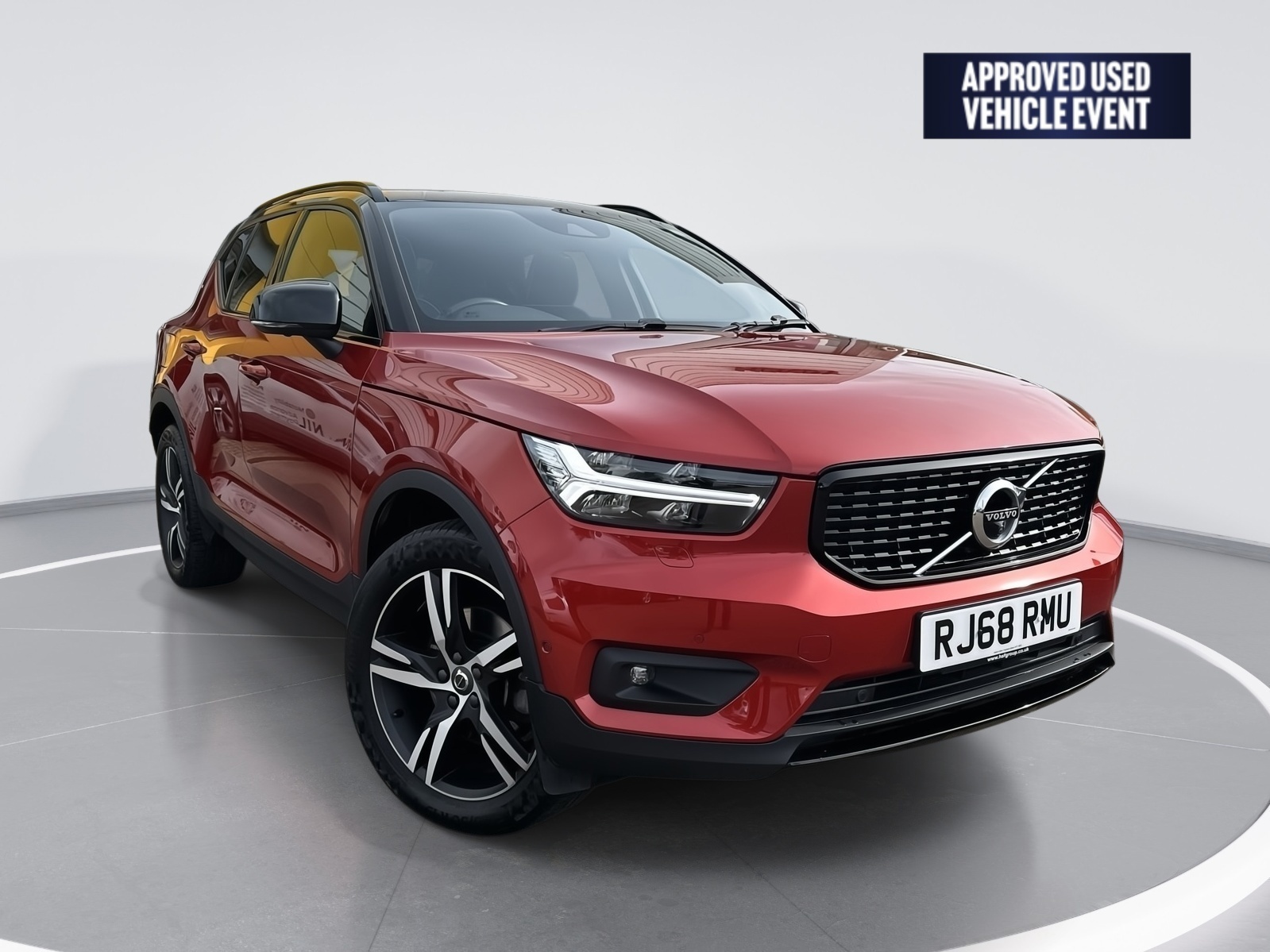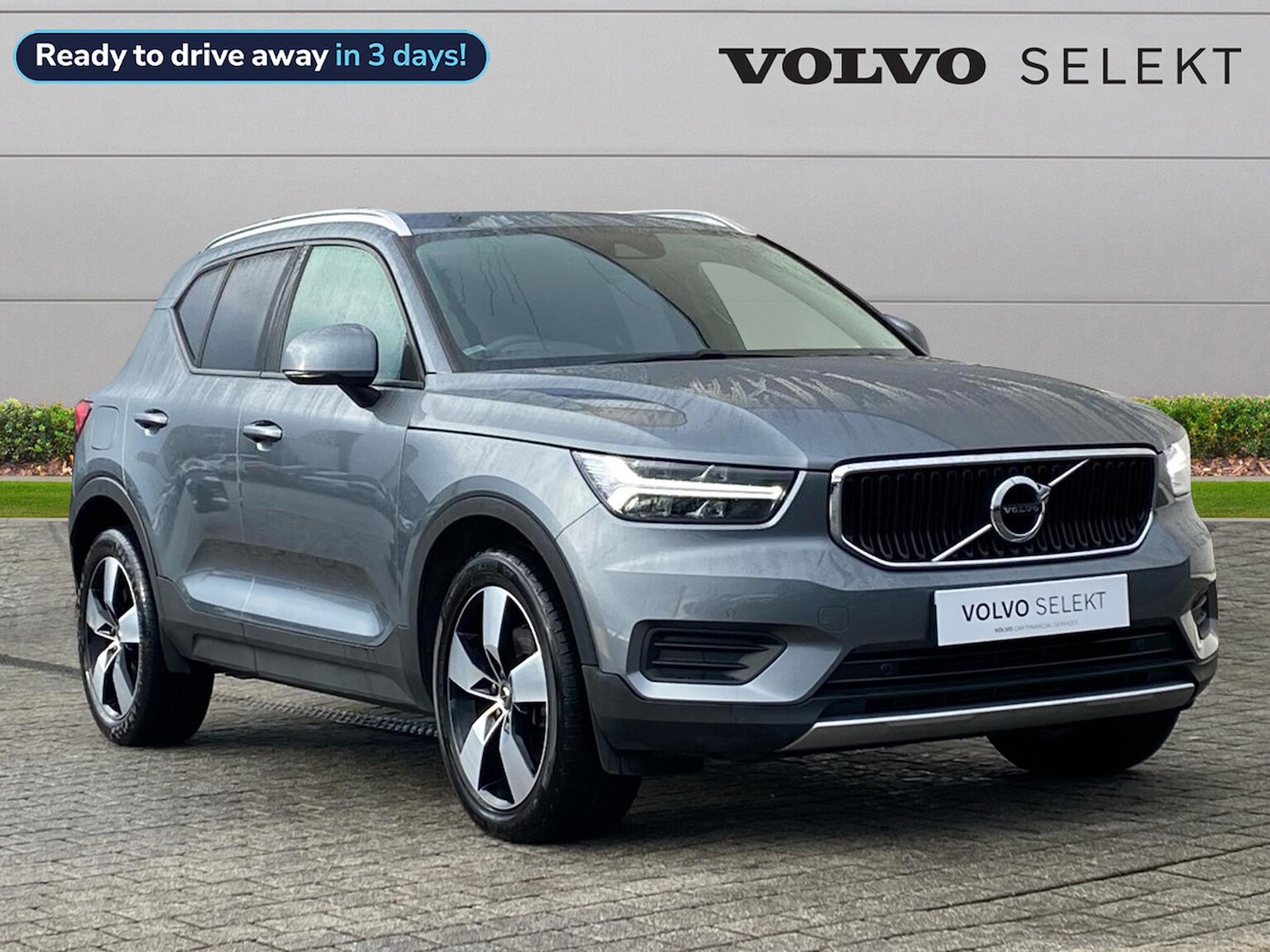
ABS brakes are one of the most important safety features fitted to a modern car.
If you’ve ever had to slam on the brakes and make an emergency stop in wet weather, you’ll know how frightening it can be. But at least you can jump on the brake pedal as hard as possible and there’s every chance the car will stop without going into a scary skid.
That’s because your car will probably be fitted with ABS. ABS is short for Anti-lock Braking System and is designed to help you not only stop more safely in the case of an emergency, but it also allows you to steer at the same time, meaning it's possible to turn the wheel and potentially avoid a nasty accident.
But how exactly do ABS brakes work, who invented them, how do you know if your car has them and what are the disadvantages of ABS brakes? Keep reading to find out.
Does my car have ABS (anti-lock brake system)?
From 2004, all new cars sold in the UK have ABS brakes. If your car is older than that, the easiest way to find out if your car has ABS brakes is to find a quiet road and relive your learner driver days by performing an emergency stop – if your car has ABS it'll stop without locking its wheel, if there's no ABS your wheels will lock and you'll slide to a halt in a cloud of smoke.
What is ABS (anti-lock brake system)?
Anti-lock brakes stop you car from locking up the front wheels if you brake hard to make an emergency stop, meaning you can steer around obstacles rather than careering into them. The picture above demonstrates this theory. Without ABS, your front wheels will lock if you brake hard and the car will skid in a straight line, irrespective of what way the front wheels are pointing, unless you release some brake pressure and allow the front wheels to spin again. ABS does the same thing, you just don't have to think about it.
How does ABS (anti-lock brakes system) work?
A car with ABS fitted has sensors on each wheel that measure its rotation speed, whether it's accelerating or decelerating – these sensors were pioneered in ABS but are now used by a variety of different safety systems on your car, including traction control and stability control.
Stamp on your brake pedal and, in the context of ABS, these sensors are poised to detect a locking wheel, the minute one is detected, the sensor sends a message to the ABS control module, which counter acts the lock by rapidly increasing and decreasing pressure, essentially turning the brakes on and off many times in a second, which is why you feel a pulsing sensation through the brake pedal.
The pulsing brakes mean the wheels continue to turn as the car slows and you can, hopefully, steer around the impending collision.
When will ABS (anti-lock brakes) activate?
Generally, in emergencies. A classic example would be you're driving down the motorway, you look to the left to read a road sign, but when your eyes turn back to the road a car has stopped dead in front of you and you instinctively slam the brake pedal as hard as you can.
In a car with no ABS, you'll lock the wheels and steering will be impossible, unless you're a skilled driver who can, in a stressful situation, manage the brake pressure and unlock the wheels. ABS, meanwhile, does that without you needing any skill or composure.

When do anti-lock brakes work best?
Anti-lock brakes work at their best on dry roads, where their pulsing on and off doesn't have a major effect on braking distances. They should also be very good in the rain, but on ice they're less effective – particularly if you car hasn't got winter tyres fitted – in these sorts of conditions, the grip levels are so low that it's impossible to put any sort of braking force into the tyre. In snow, you'll actually be better off without ABS in some situations because a locked wheel can bite through the snow into the road below. Plus, the build up of snow in front of the tyre helps slow your car.
What does my ABS light mean?
If your ABS light flashes on (it will usually have the letters 'ABS'), it means there is something wrong with your ABS brakes – the brakes themselves, their sensors or control unit – although it's worth checking you car's handbook for a specific explanation. An illuminated ABS brake light is an automatic fail on your MoT. Quite apart from that, it could mean there is something seriously wrong with your brakes which should be investigated by a mechanic.
Because your ABS brakes form part of your car's other safety features – its stability control and traction control – if they're not working as the should, your car's other systems may also be affected.
The history of ABS
ABS brakes were originally developed for planes in the 1950s by British tyre manufacturer, Dunlop, as a way to give pilots more control when landing and to avoid flat-spotting and tyre blowouts.
By 1966 the technology had filtered down to cars, more specifically the Jenson Interceptor FF grand tourer. It used a hydraulic ABS system, but it wasn't until 1978 that we saw the first electrical ABS system – the type that is fitted to modern cars – as an option on a Mercedes-Benz S-Class. The first car to have ABS as standard across the range was the 1985 Ford Scorpio.
Yes, all modern cars have ABS brakes as standard. ABS became a legal requirement in all new passenger cars from 2004.
ABS stands for Anti Lock Brake system.
ABS brakes are one of the most useful features you can have fitted to you car, making it easy to keep control of your vehicle under heavy braking even when the road is wet.
Mazda ABS brakes explained
Loading...
More car features explained
With lots of abbreviations and tech to get your head around, our expert guides explain all.




